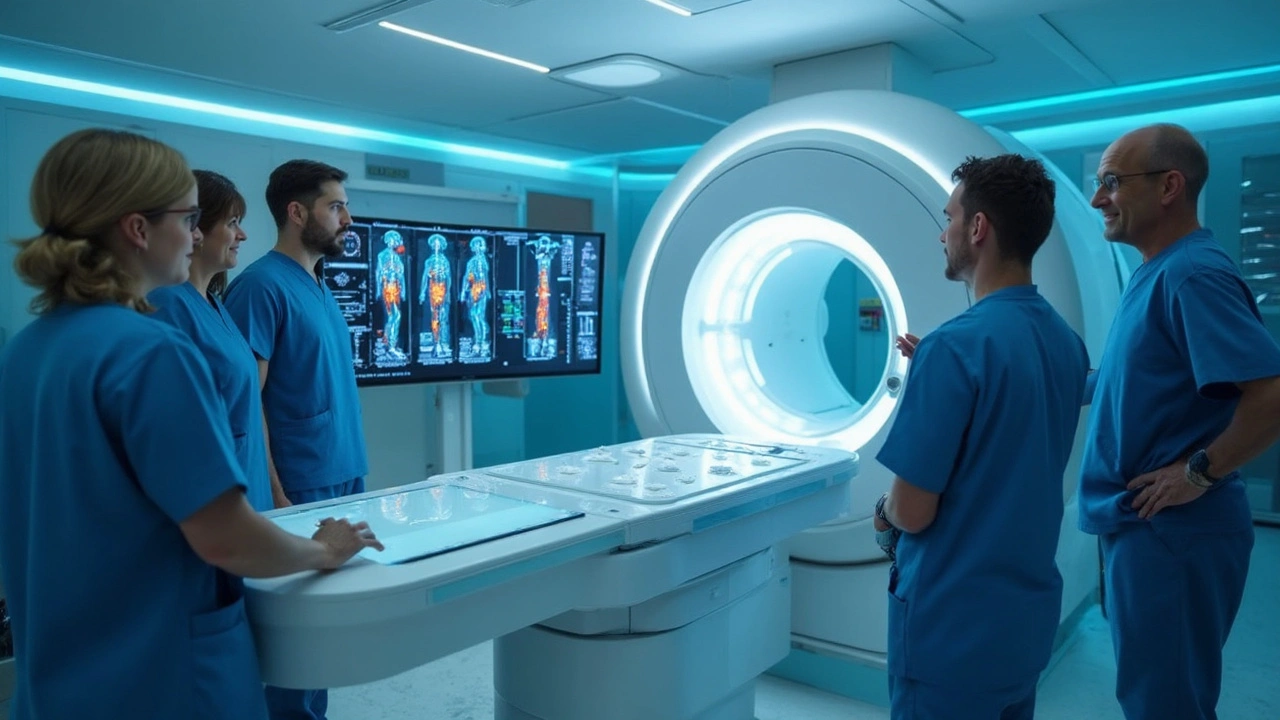Early Tumor Detection: How to Spot Cancer Before It Grows
If you’ve ever wondered whether a lump or weird symptom could be serious, you’re not alone. Catching a tumor early can mean the difference between an easy treatment and a tough battle. The good news? You don’t need high‑tech gear or a medical degree to stay ahead. Simple habits, quick checks, and a few smart conversations with your doctor are enough.
Why Early Detection Matters
Most cancers grow slowly at first. During that silent phase they’re easier to remove or treat. When doctors find a tumor while it’s still small, surgery often works, radiation doses stay low, and chemo side‑effects drop. In plain terms: spotting cancer early usually leads to better outcomes and less time in the hospital.
Statistics show survival rates jump dramatically when cancers are caught at stage I instead of stage III or IV. That’s why regular screening isn’t just a doctor’s recommendation—it’s a real chance to protect your future health.
Practical Steps to Catch Tumors Early
Know Your Body. Pay attention to new lumps, persistent pain, or changes in skin color. A bump that doesn’t go away after two weeks deserves a look‑up.
Stick to Recommended Screenings. Depending on age and family history, doctors suggest mammograms, colonoscopies, low‑dose CT scans for lungs, or Pap smears. Even if you feel fine, these tests can spot hidden growths.
Use Simple At‑Home Checks. Women can do monthly breast self‑exams; men can feel for testicular lumps before age 40. Feeling the skin on your neck and armpits for swollen nodes is quick and painless.
Track Unusual Symptoms. If you notice unexplained weight loss, constant fatigue, or a cough that won’t quit, write it down and bring it to your doctor. These clues often appear before imaging shows anything.
Ask About Blood Markers. Some cancers release substances that show up in blood tests—PSA for prostate, CA‑125 for ovarian issues, CEA for colon. Your doctor can tell if a marker test makes sense for you.
Stay Up‑To‑Date with Family History. If close relatives had cancer early, start screenings sooner. Genetics isn’t destiny, but it does raise the odds enough to act earlier.
Putting these steps into a routine doesn’t take much time. A quick self‑exam every month, an annual doctor visit, and staying honest about any odd changes keep you in control.
Remember, early tumor detection isn’t about panic—it’s about being proactive. When you catch something small, treatment is usually simpler, recovery faster, and the emotional toll lower. So next time you feel a weird bump or hear about a new screening guideline, take it seriously. Your future self will thank you.
Early Tumor Detection: Imaging, Biomarkers & High-Risk Cancer Screening
Uncover how early detection methods like imaging, blood biomarkers, and targeted screening schedules are changing the game in catching fast-growing tumors in high-risk patients. Learn about advanced scanners, the power of liquid biopsy, and why timing matters when cancer grows in overdrive. Get practical tips and the latest data on how science is helping patients stay ahead of aggressive cancers with more accurate, efficient, and less invasive testing.





